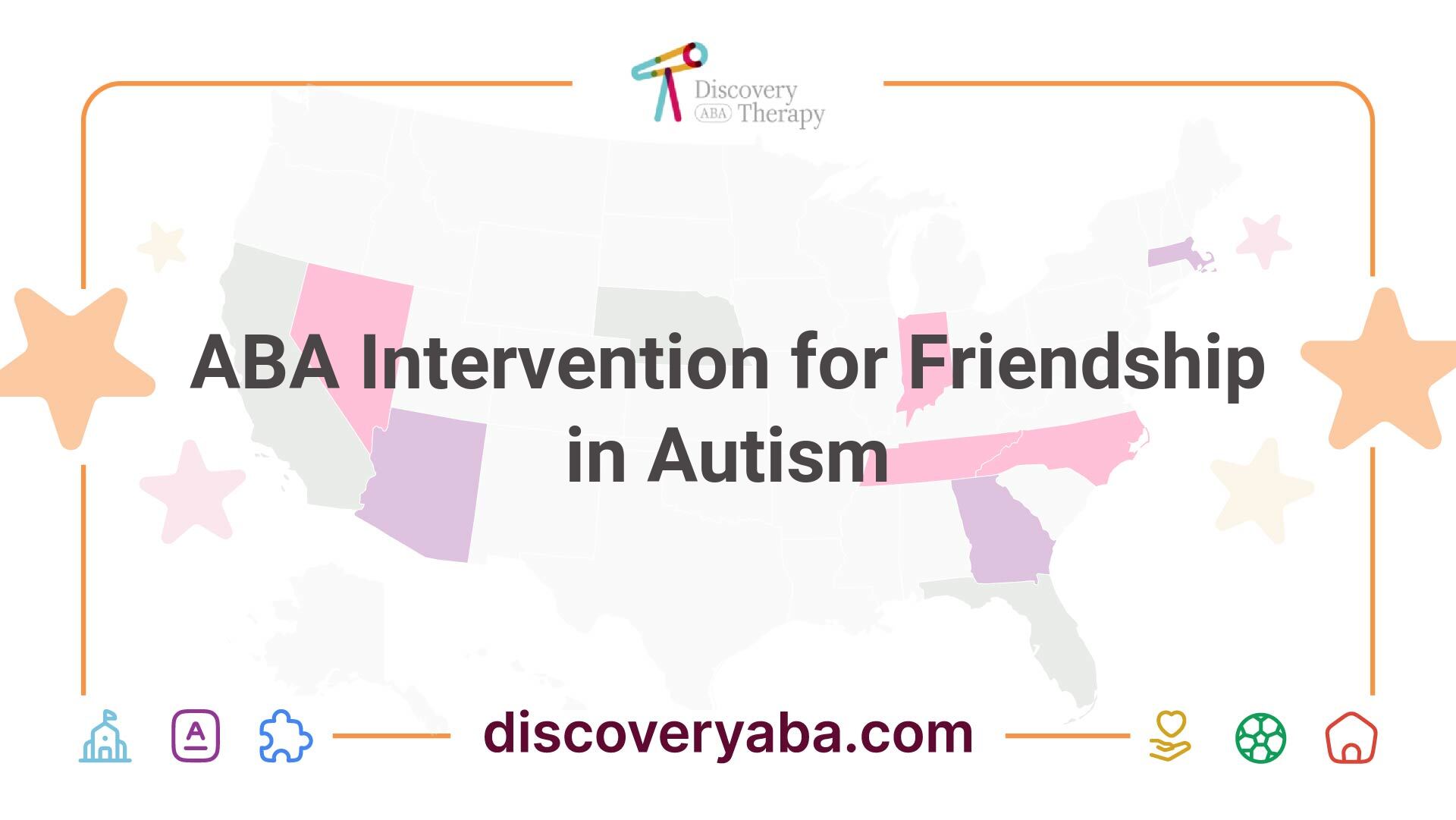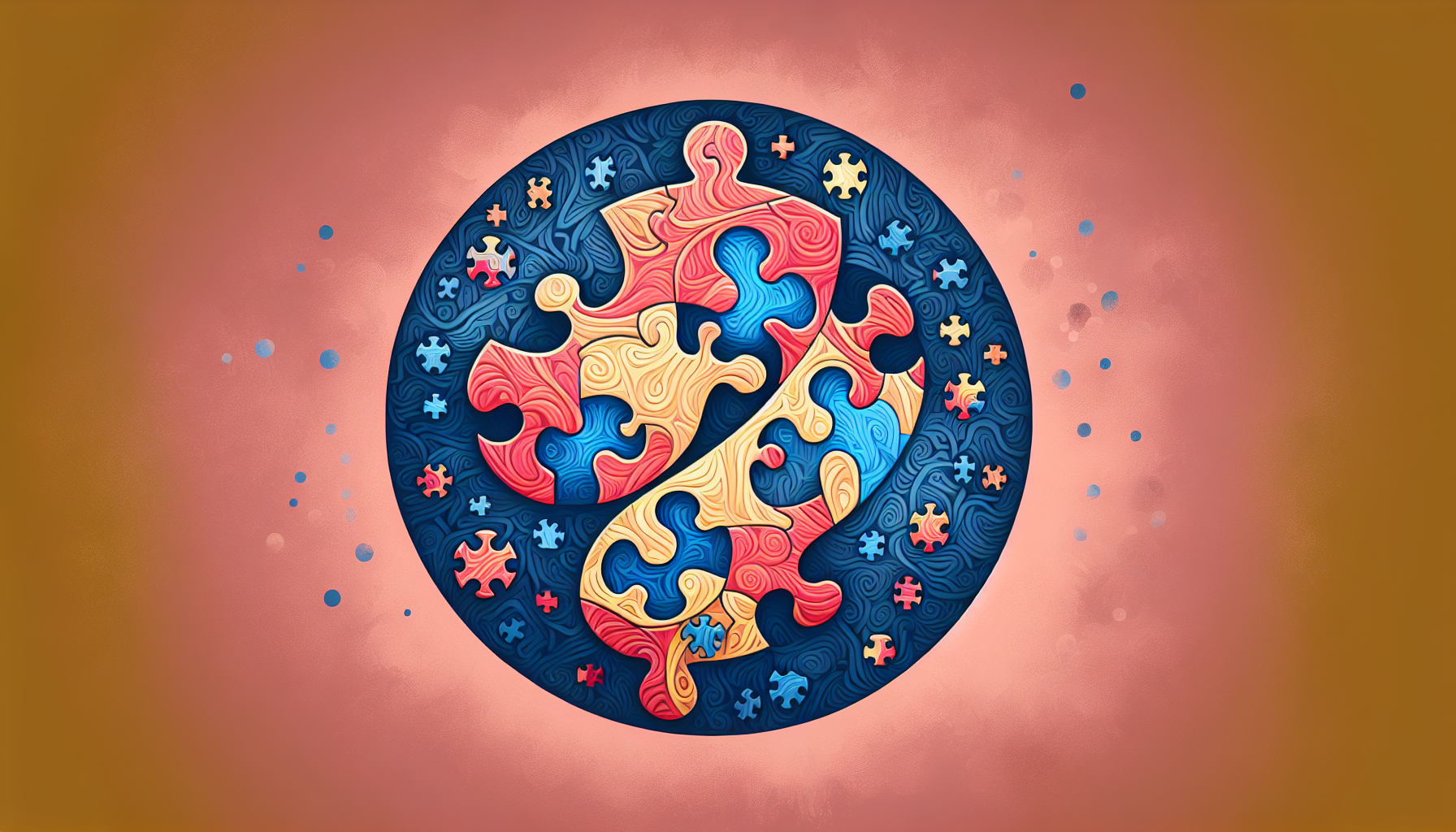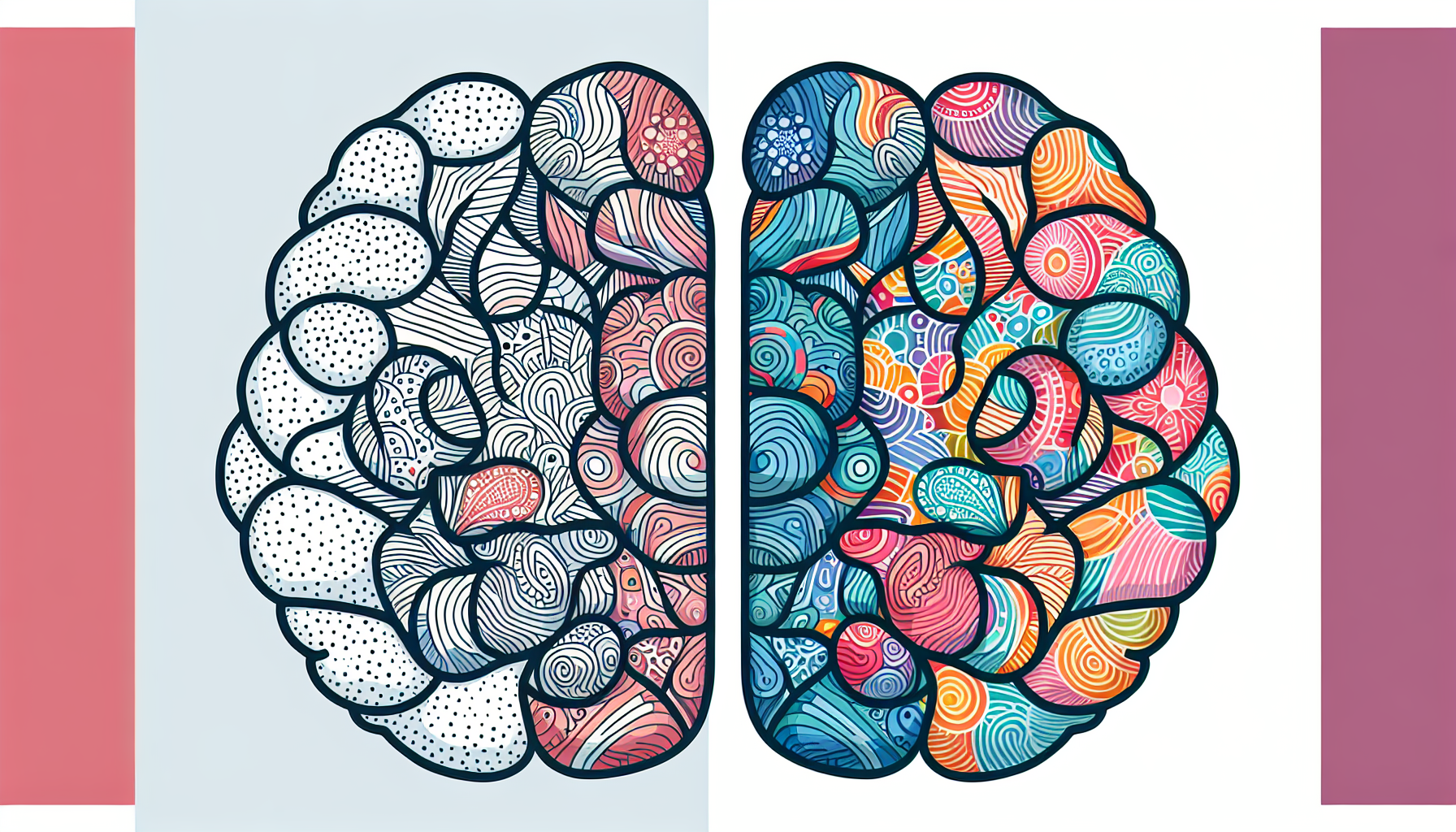ABA for Co-Occurring Mental Health Disorders
Discover how ABA for co-occurring mental health disorders can transform lives and support independence.
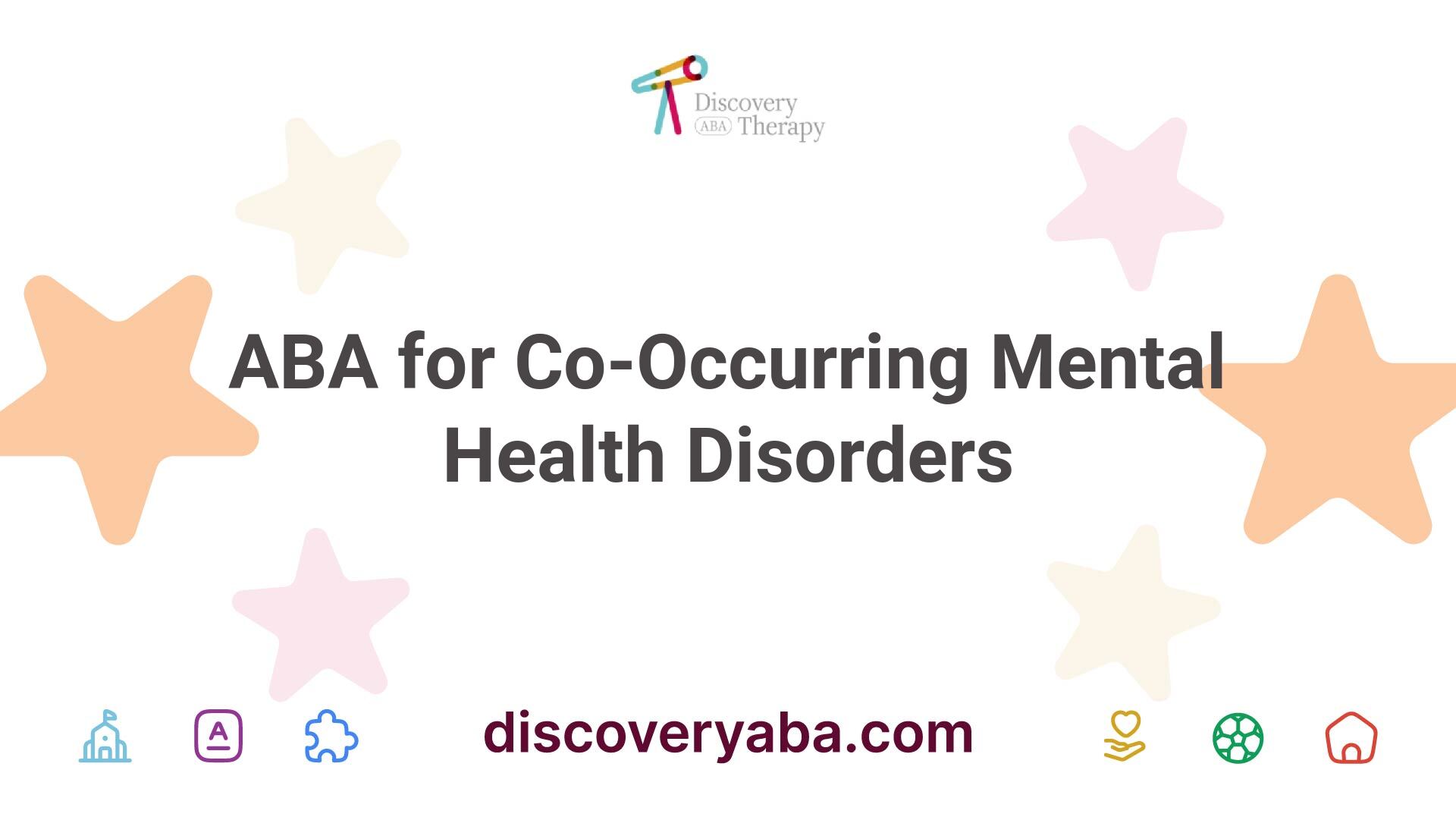
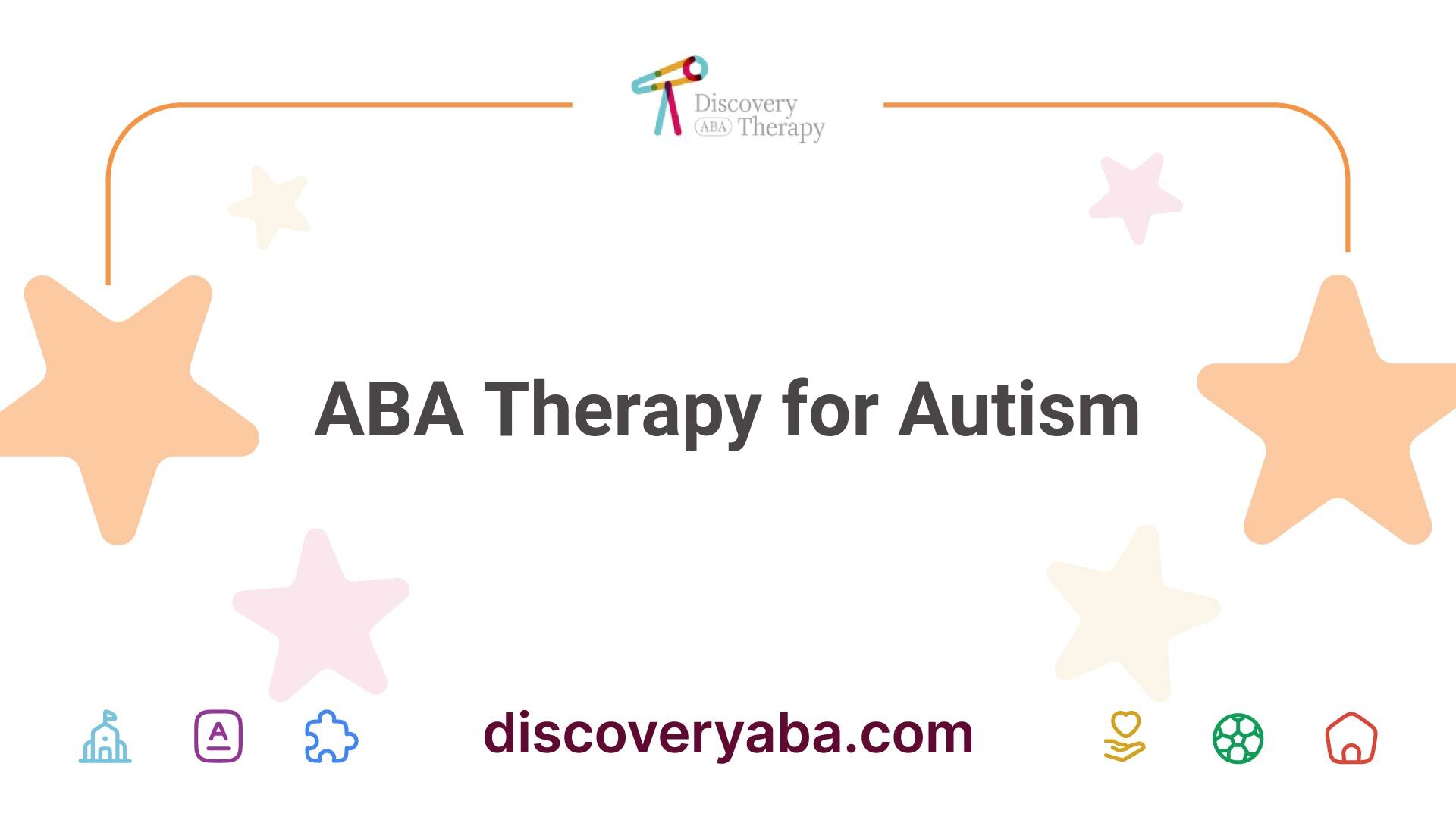
ABA Therapy for Autism
History and Effectiveness
ABA (Applied Behavior Analysis) therapy programs have been assisting children with autism and related developmental disorders since the 1960s. Numerous studies, more than 20 in total, have established that intensive and long-term therapy using ABA principles significantly improves outcomes for many children on the autism spectrum. These studies show observable gains in areas such as intellectual functioning, language development, daily living skills, and social skills.
ABA is recognized as an evidence-based best practice treatment. It has gained endorsements from the US Surgeon General and the American Psychological Association as it has consistently passed rigorous scientific evaluations of its quality and effectiveness [1]. A key component of ABA therapy is positive reinforcement, which involves rewarding a child for completing a task or achieving a behavioral goal. This technique has been shown to increase the likelihood that the desired behavior will be repeated in the future [2].
Key AspectsDescriptionEstablished1960sSupported by StudiesOver 20 studies validating effectivenessAreas ImprovedIntellectual functioning, language skills, daily living skills, social skillsEndorsed ByUS Surgeon General, American Psychological Association
Role of Board-Certified Behavior Analysts
Board-Certified Behavior Analysts (BCBAs) play a crucial role in the implementation of ABA therapy. They are responsible for designing and overseeing ABA programs tailored to the individual needs of each learner. This customization considers the child's skills, preferences, interests, and family circumstances. The expertise of BCBAs ensures that the therapy is effective and suitable for the unique challenges faced by children with autism.
BCBAs also employ various strategies and techniques based on behavioral principles to facilitate learning and promote positive behavior change. Their training enables them to assess progress and make necessary adjustments to the therapy program, ensuring continuous improvement and optimal outcomes for children receiving ABA therapy. Parents and caregivers are encouraged to work closely with BCBAs to reinforce learned behaviors at home and in other settings.
The collaborative nature of ABA therapy, facilitated by BCBAs, helps create an environment where children can thrive. For more resources on specific applications of ABA, such as teaching social cues with ABA, addressing self-stimulatory behaviors with ABA, and improving executive functioning with ABA, caregivers can explore a variety of strategies that support their child's developmental journey.
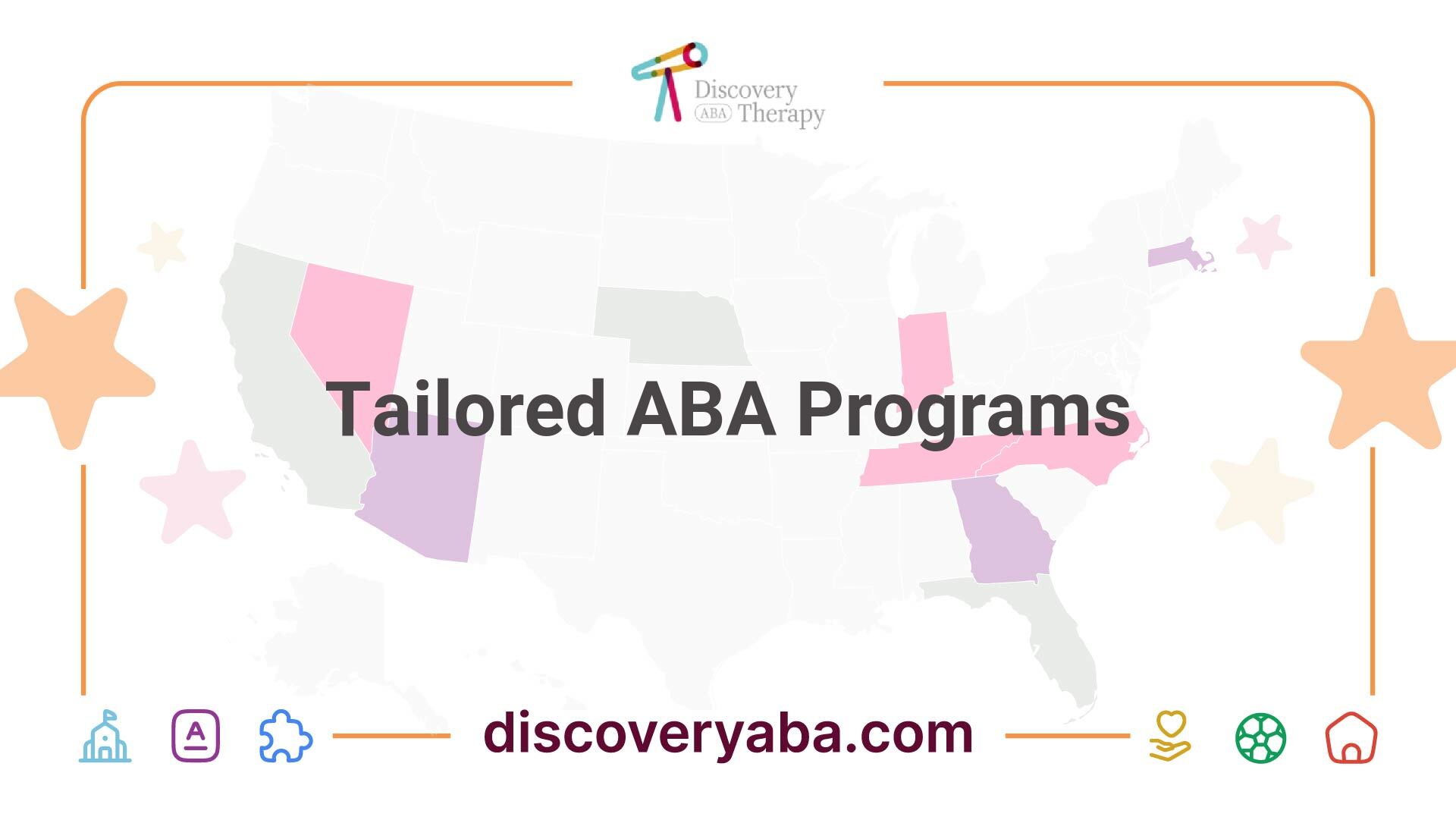
Tailored ABA Programs
Applied Behavior Analysis (ABA) is known for its personalized approach, which is essential for effectively supporting individuals with autism and co-occurring mental health disorders. The adaptability of ABA therapy allows it to meet diverse needs, promoting independence and success.
Personalized Treatment Approach
ABA therapy employs a flexible treatment approach that is specifically designed to address the unique needs of each individual. This customization involves setting specific goals tailored to the learner's challenges. Whether focusing on social skills, communication, or emotional recognition, each program is distinct. For example, practitioners may use strategies for emotional recognition with ABA therapy or addressing self-stimulatory behaviors with ABA depending on individual needs.
Evidence suggests that intensive, long-term ABA therapy, involving 25 to 40 hours per week, has led to significant positive outcomes. Children engaged in this level of therapy for one to three years have reported improvements in communication, behavior, and social skills [2].
Goals of Personalized ABA ProgramsPotential BenefitsEnhance communication skillsImproved interactions with peersDevelop social skillsIncreased participation in group settingsPromote emotional recognitionBetter management of emotional responses
Focus on Independence and Success
A primary aim of tailored ABA programs is to empower individuals to become more independent. ABA practices emphasize skills that facilitate daily functioning and long-term success. Through targeted interventions, individuals can gain confidence in their ability to navigate social situations or manage anxiety related to challenges they face.
Research indicates that ABA therapy has broad applications beyond just skill development, showing effective outcomes for various behavioral concerns. Programs can also focus on ABA for obsessive behaviors in autism or ABA for challenging group behaviors as necessary.
Positive changes from ABA are observable and measurable, such as improvement in adaptive behavior and social skills, as highlighted in a 2018 meta-analysis discussing the effectiveness of ABA programs for children with autism [3]. This focus on fostering independence not only supports immediate needs but also prepares individuals for future success in various life domains.
By prioritizing personalized strategies with a goal of independence, ABA therapy equips individuals to thrive in their unique contexts while addressing co-occurring mental health disorders.
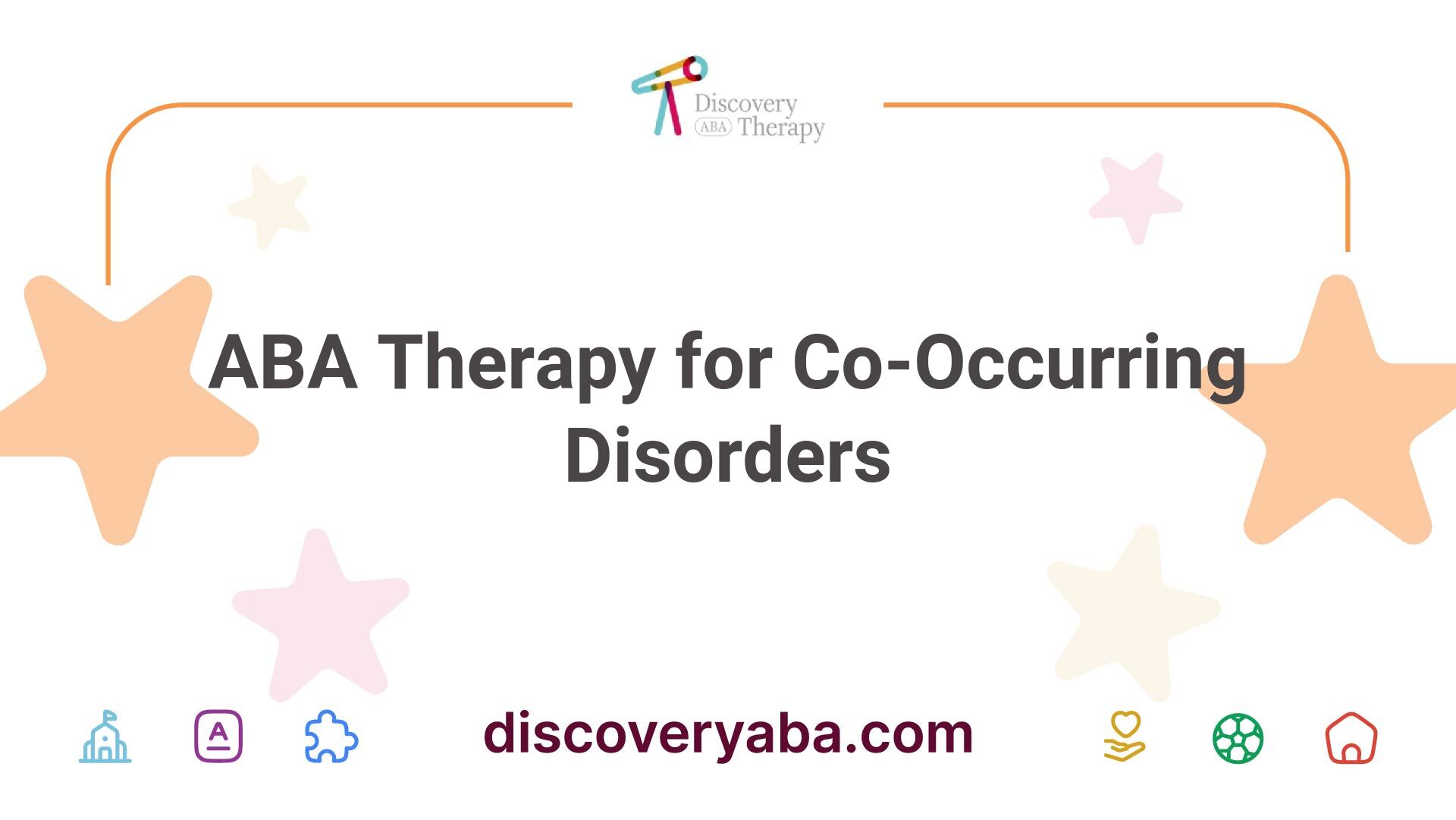
ABA Therapy for Co-Occurring Disorders
Relationship with Mental Health Conditions
The presence of mental health conditions like ADHD, anxiety, depression, OCD, and bipolar disorder is common among individuals with autism [4]. Understanding this relationship is crucial for effective treatment. ABA therapy is designed to address both autism and co-occurring behavioral health issues. By utilizing tailored strategies, behavioral therapists can target the underlying challenges presented by these mental health conditions.
The integration of ABA therapy with mental health support helps develop coping mechanisms and reinforces positive behaviors. This approach not only addresses specific behaviors but also improves overall functioning. Caregivers and parents should be aware of how these intertwined issues can affect the individual’s daily life and well-being.
Approaches for Modification of Behaviors
Behavioral therapists employ various strategies to modify behaviors influenced by co-occurring mental health disorders. Techniques such as cognitive-behavioral therapy (CBT), classical conditioning, and systematic desensitization provide a framework for addressing unwanted behaviors. These methodologies can be particularly effective when adapted for individuals on the autism spectrum.
TechniqueDescriptionCognitive-Behavioral TherapyAddresses negative thought patterns and behaviors, improving emotional regulation.Classical ConditioningUses reinforcement to create associations, leading to behavior change.Systematic DesensitizationGradually exposes individuals to anxiety-provoking stimuli in a controlled way.
Numerous studies indicate that adapting CBT for autistic individuals can enhance social skills, interactions, and empathy [5]. The combination of ABA techniques with psychological treatment offers a comprehensive approach to managing co-occurring disorders effectively.
For more specific strategies, parents can refer to resources such as addressing self-stimulatory behaviors with ABA and emotional recognition with ABA therapy. By understanding and utilizing these approaches, caregivers can support their loved ones in navigating the complexities of both autism and mental health challenges.
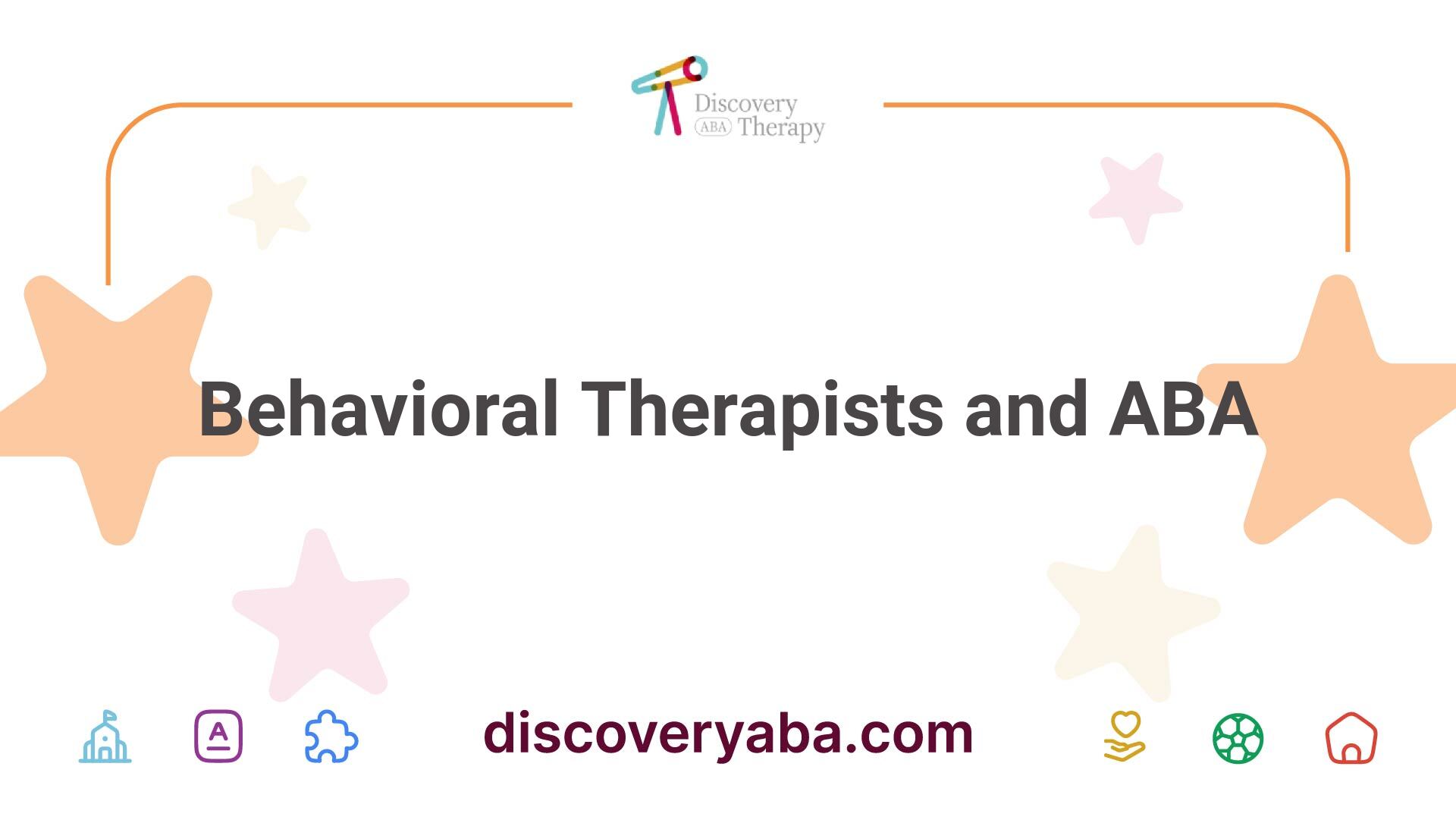
Behavioral Therapists and ABA
Training and Specializations
Behavioral therapists play a critical role in the application of Applied Behavior Analysis (ABA). Not all behavioral therapists receive specific training in ABA therapy. However, all ABA practitioners are certified behavioral therapists with a specialization in behavior analysis. This specialized training enables them to effectively design and implement ABA programs tailored to the unique needs and situations of individuals with autism and co-occurring mental health disorders.
Typically, board-certified behavior analysts (BCBAs) are responsible for developing and overseeing these ABA programs. They customize approaches based on each learner's skills, interests, preferences, and family dynamics [1]. The training for BCBAs is comprehensive, often including courses in behavior theory, assessment methods, and intervention strategies.
Certification TypeRequirementsBoard-Certified Behavior Analyst (BCBA)Master's degree in behavior analysis, psychology, or education; supervised experience; pass the BCBA exam.Registered Behavior Technician (RBT)High school diploma; training in behavior analysis; certification from the Behavior Analyst Certification Board.
Implementing Behavior Analysis Techniques
Skilled professionals utilize a variety of behavioral therapy techniques, including cognitive-behavioral therapy (CBT), to address the specific needs of their clients. These methods are tailored to foster personal growth and healing, making them particularly effective for individuals with autism and co-occurring disorders [4].
Behavior analysis techniques are implemented in various areas, including:
Therapists working with autistic individuals have shown increased confidence in engaging and assessing skills, which correlates positively with their level of training received [7]. This professional development is essential for ensuring effective therapy implementation and ultimately supporting individuals in achieving their goals within ABA frameworks.
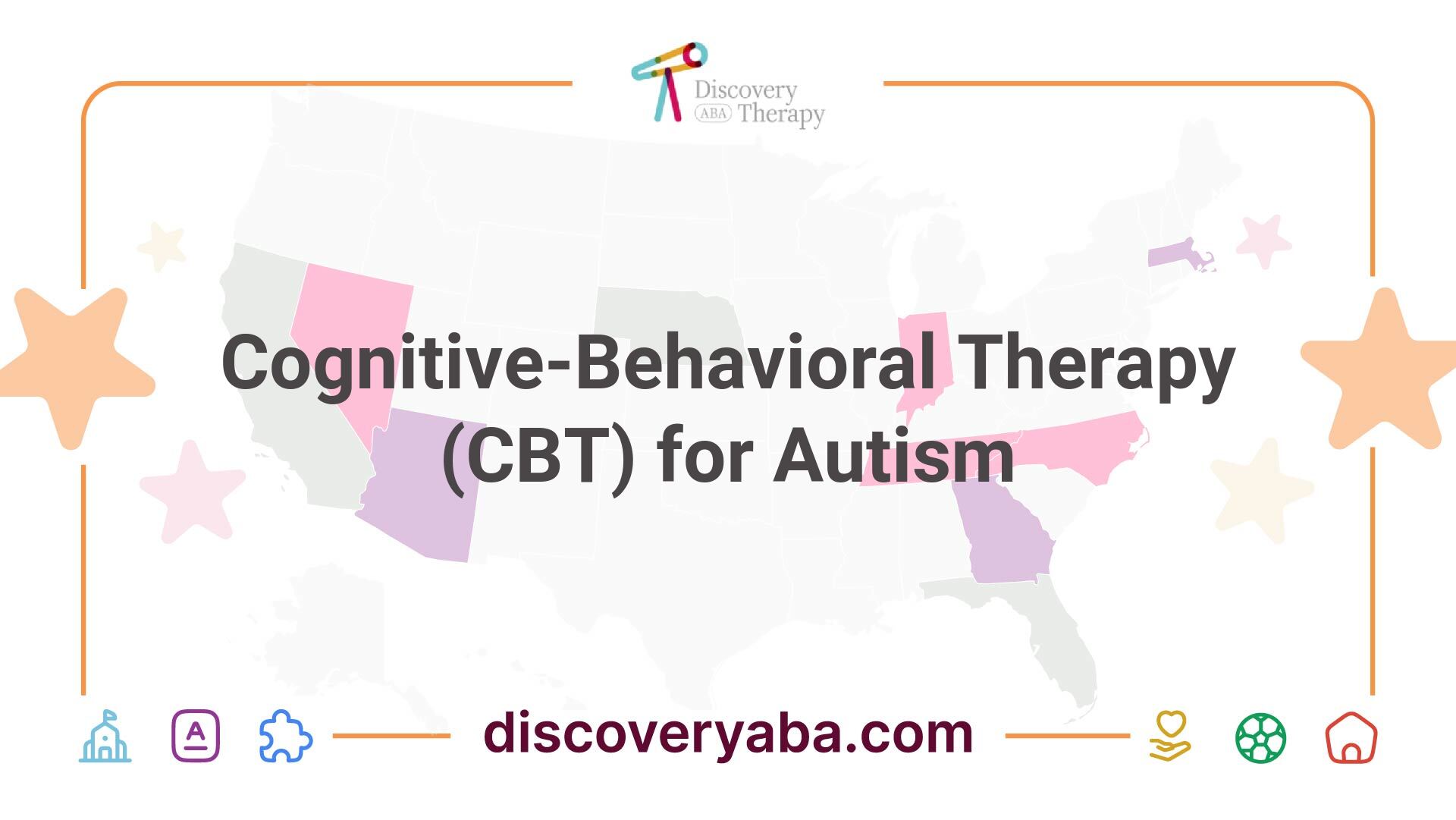
Cognitive-Behavioral Therapy (CBT) for Autism
Cognitive-Behavioral Therapy (CBT) has found its place alongside Applied Behavior Analysis (ABA) as a valuable intervention for autistic individuals. Adaptations in CBT specifically cater to the unique cognitive and emotional needs of these individuals, making it an effective approach for enhancing their overall mental health.
Adaptations for Autistic Individuals
CBT has been successfully modified for individuals with autism, leading to significant improvements in various areas of social functioning. Research indicates that these adaptations can enhance social skills, interactions, responsiveness, and empathy [5]. Adjustments in therapy include the use of structured techniques, visual supports, and the incorporation of social stories to help autistic individuals better grasp abstract concepts.
Key adaptations in CBT for autistic individuals are outlined in the table below:
AdaptationDescriptionStructured ApproachClear frameworks are provided for sessions, aiding in understanding and participation.Visual SupportsUse of charts, diagrams, and visual cues to reinforce concepts.Social StoriesNarratives that provide guidance on social situations and expected behaviors.Skill-Building ActivitiesInteractive tasks designed to practice new skills in real-life contexts.
These modifications make CBT accessible and relevant, enabling individuals with autism to engage more effectively with the therapeutic process.
Improvements in Social Functioning
The impact of adapted CBT on social functioning is profound. Research shows that interventions based on CBT not only enhance social skills but also effectively reduce symptoms associated with anxiety and loneliness in autistic individuals [5]. Improvement in areas such as emotional recognition and social interaction is critical for fostering better relationships with peers and family members.
Moreover, studies highlight that the positive effects of CBT interventions can be maintained over time, suggesting lasting benefits for social development. These enhancements can significantly improve the quality of life for autistic individuals, allowing them to navigate social situations with greater confidence.
Interventions focusing on behavioral techniques, combined with cognitive approaches, have shown promise in addressing co-occurring emotional challenges [5]. The holistic nature of these therapies prepares autistic individuals to manage their mental health more effectively while promoting resilience and independence.
Overall, the integration of CBT within the framework of ABA therapy offers a robust solution for managing co-occurring mental health disorders in autistic individuals. By implementing tailored strategies, parents and caregivers can help individuals thrive socially and emotionally. For those interested in specific techniques, the article on teaching social cues with aba provides useful insights.
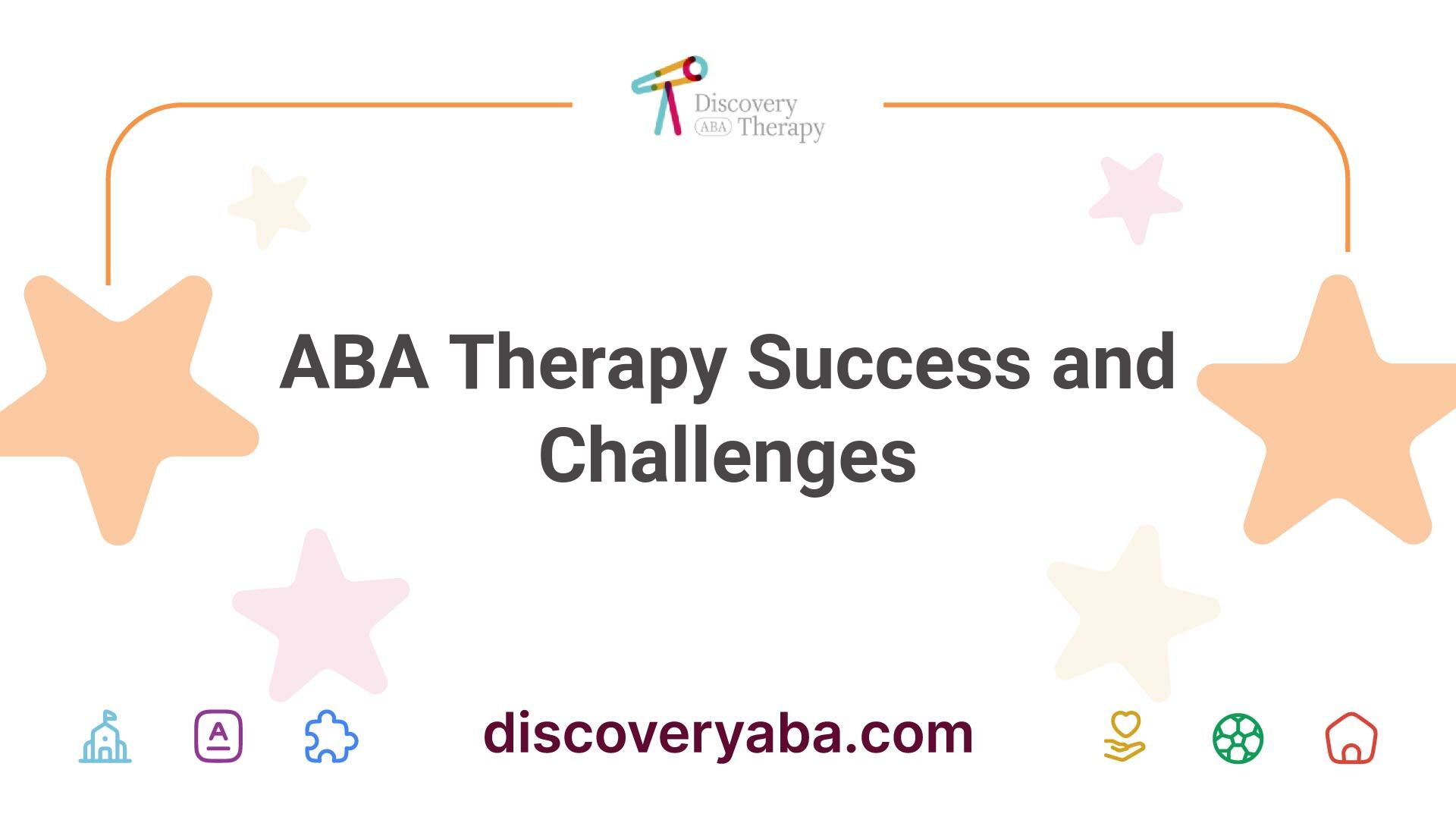
ABA Therapy Success and Challenges
Long-Term Positive Outcomes
Applied Behavior Analysis (ABA) has shown promising and substantial effectiveness for individuals with autism, especially when implemented intensively and over a prolonged period. More than 20 studies have demonstrated that intensive and long-term therapy using ABA principles improves various outcomes for many children with autism, including gains in intellectual functioning, language development, daily living skills, and social functioning.
A notable metric of success is observed in children who participate in ABA therapy for 25 to 40 hours per week, for one to three years. These children have demonstrated significant improvements, particularly in communication and social skills.
The benefits can be quantified through specific success statistics. For instance, a study conducted on children receiving a UCLA Young Autism Project model ABA treatment revealed that 47% of participants reached normal intellectual and educational functioning, compared to only 2% in a control group, underscoring the effectiveness of ABA in producing meaningful outcomes.
OutcomesPercentage ImprovementNormal Intellectual Functioning47%Control Group Success2%Communication Skills GainsHigh Percentage in Intensive Therapy
Barriers to Therapy Implementation
Despite the proven success of ABA therapy for children with autism, several barriers can hinder its effective implementation. A significant challenge is the high costs associated with intensive therapy. The lifetime cost for families with a member diagnosed with autism spectrum disorder (ASD) can range from approximately US$1.4 million to US$2.4 million, stressing the need for effective, evidence-based interventions.
Access to qualified practitioners also poses a challenge. There may be limited availability of Board-Certified Behavior Analysts (BCBAs) in certain regions, making it difficult for families to find the right support and resources. Additionally, there may be inconsistencies in the training and experience of therapists, impacting the quality of care received.
Furthermore, societal stigmas associated with autism and behavioral therapies can result in a lack of awareness and support from the community. Parents and caregivers may find it difficult to advocate for their children or secure necessary funding for comprehensive treatment plans.
Addressing these barriers is crucial for ensuring that all children with autism have access to high-quality ABA therapy. Parents seeking tailored approaches can refer to strategies for teaching social cues with ABA or techniques that address emotional recognition with ABA therapy to enhance their child's experience.
References
[2]:
[3]:
[4]:
[5]:
[6]:
[7]:
Find More Articles
Contact us
North Carolina, Tennessee, Nevada, New Jersey, Utah, Virginia
New Hampshire, Maine
Massachusetts, Indiana, Arizona, Georgia
.avif)





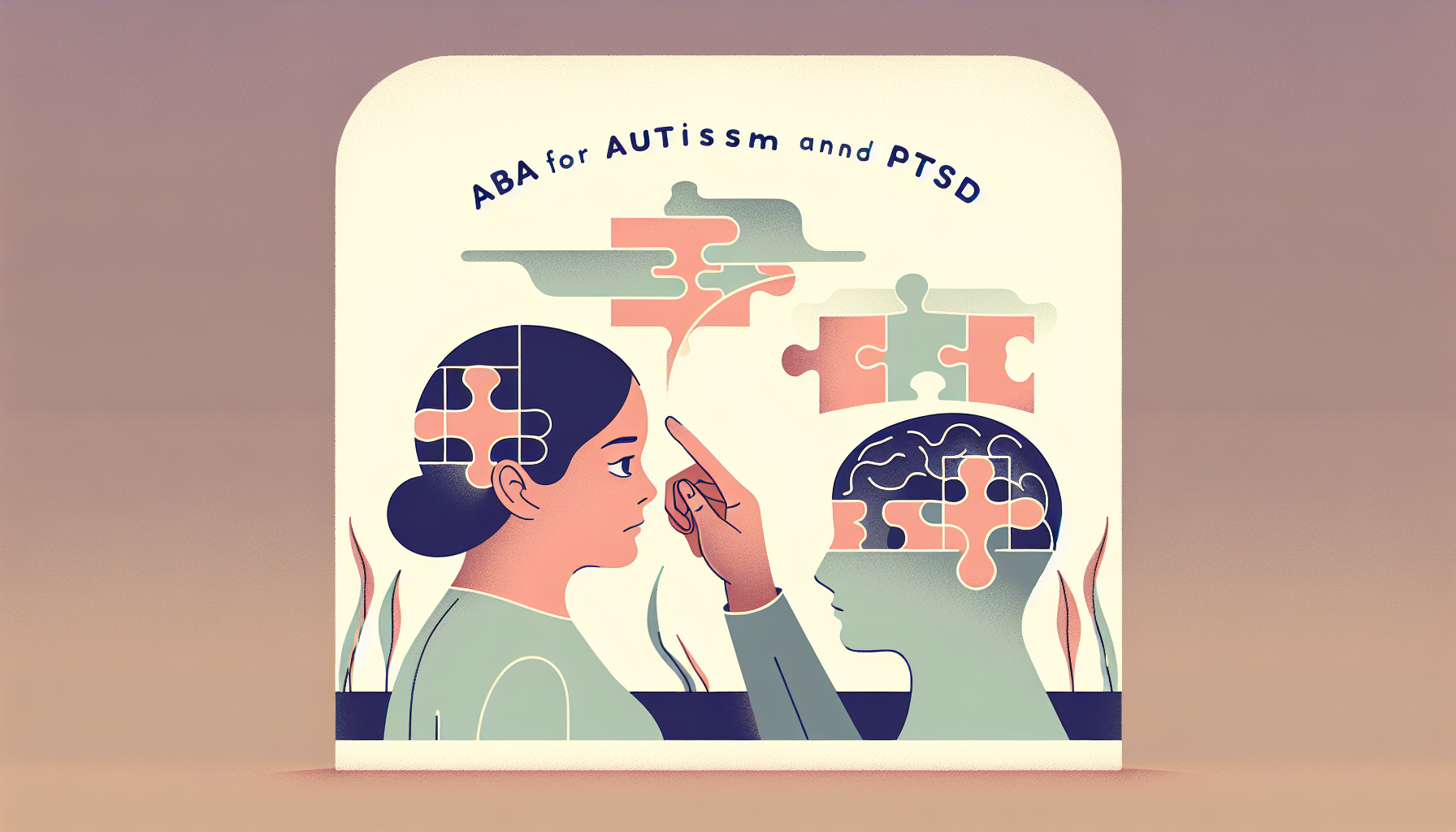
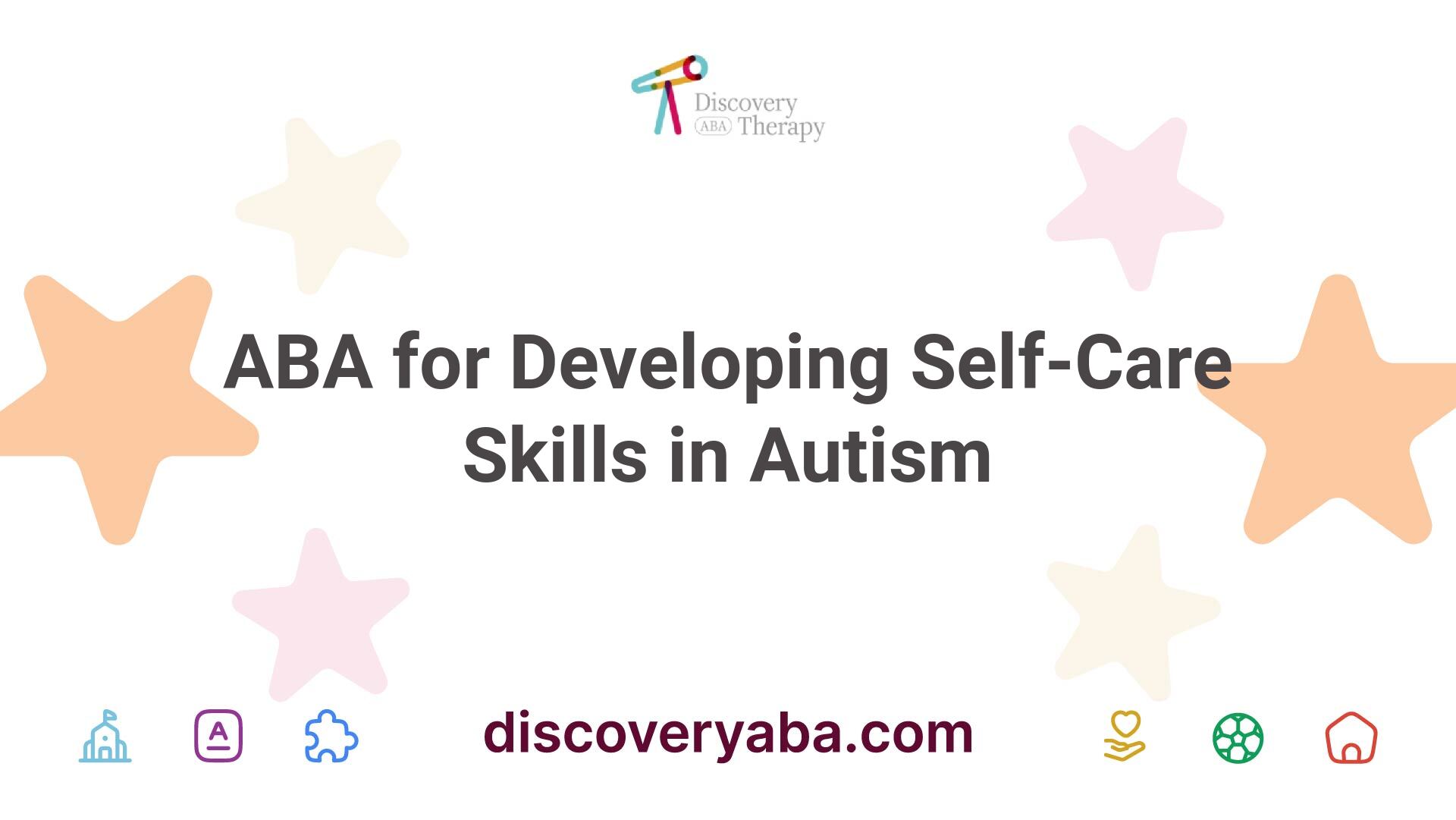
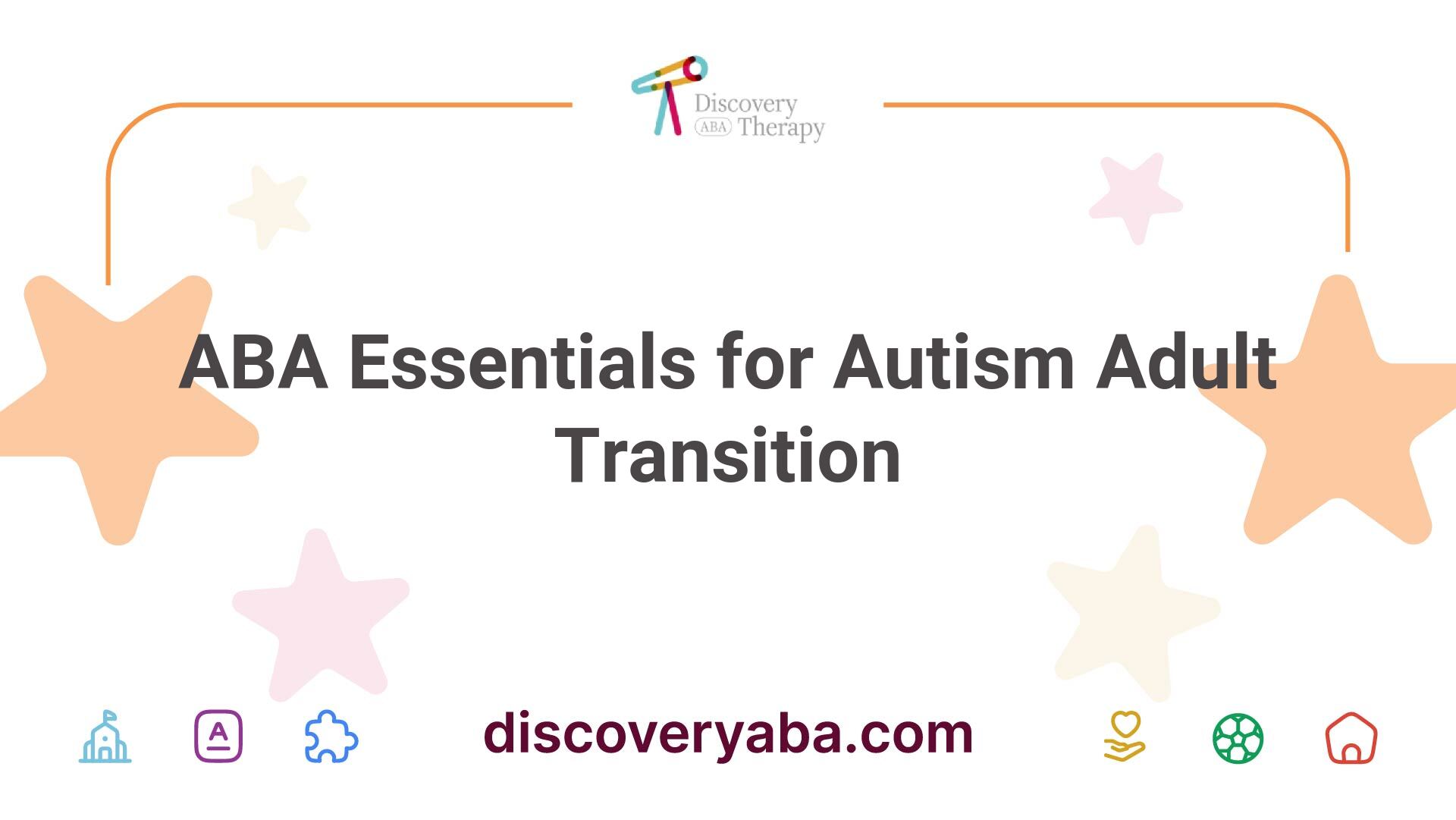





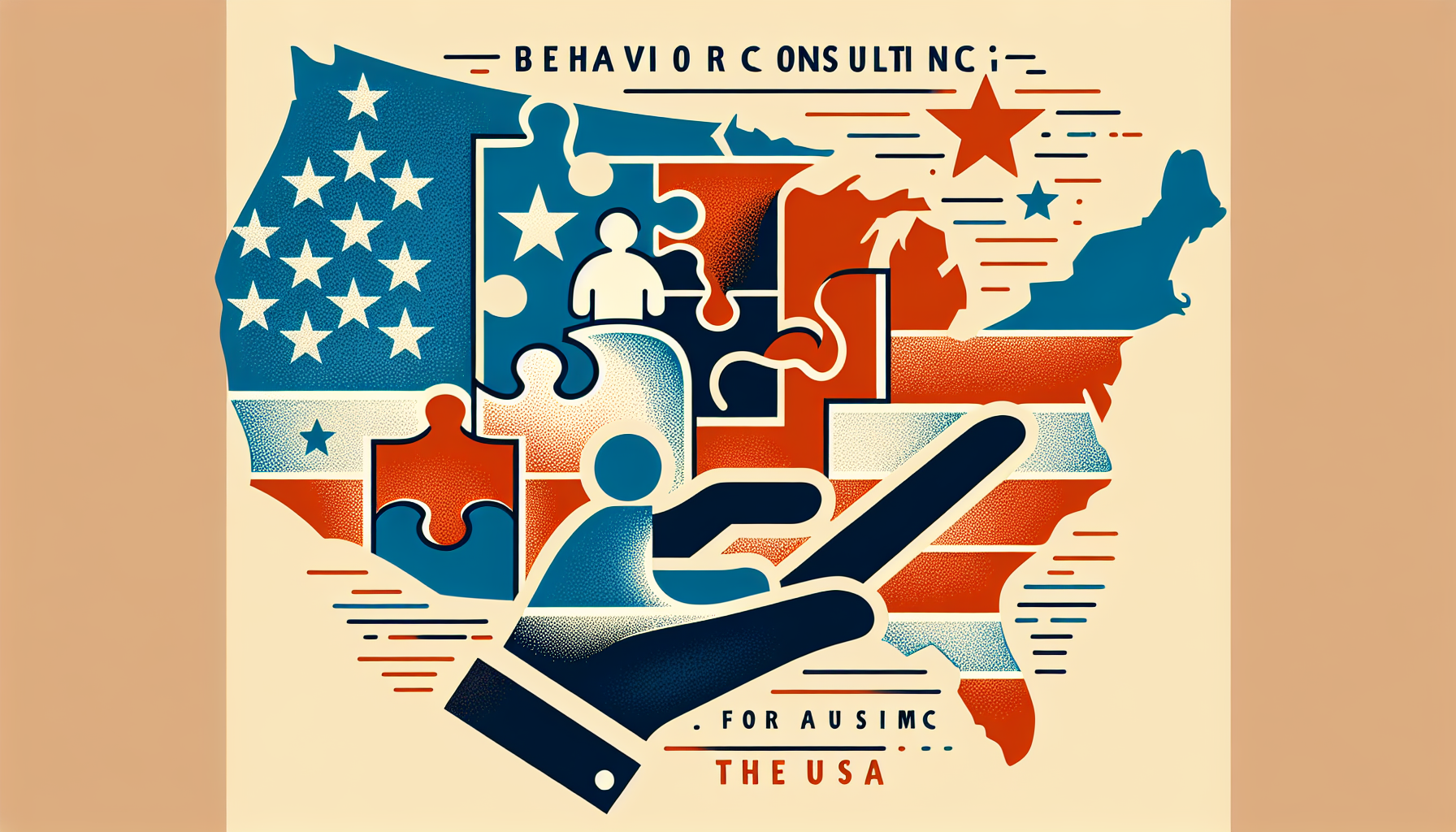



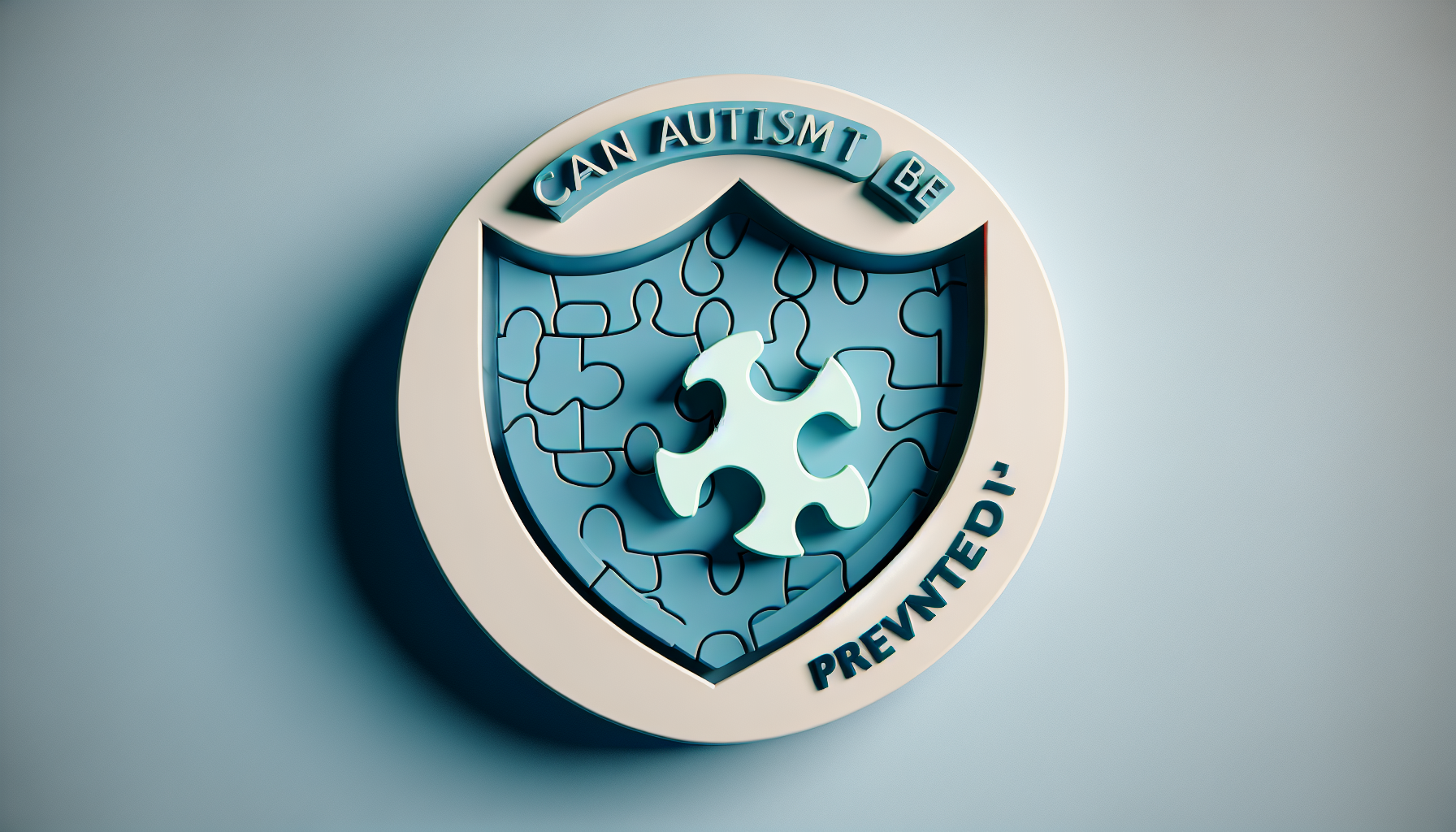
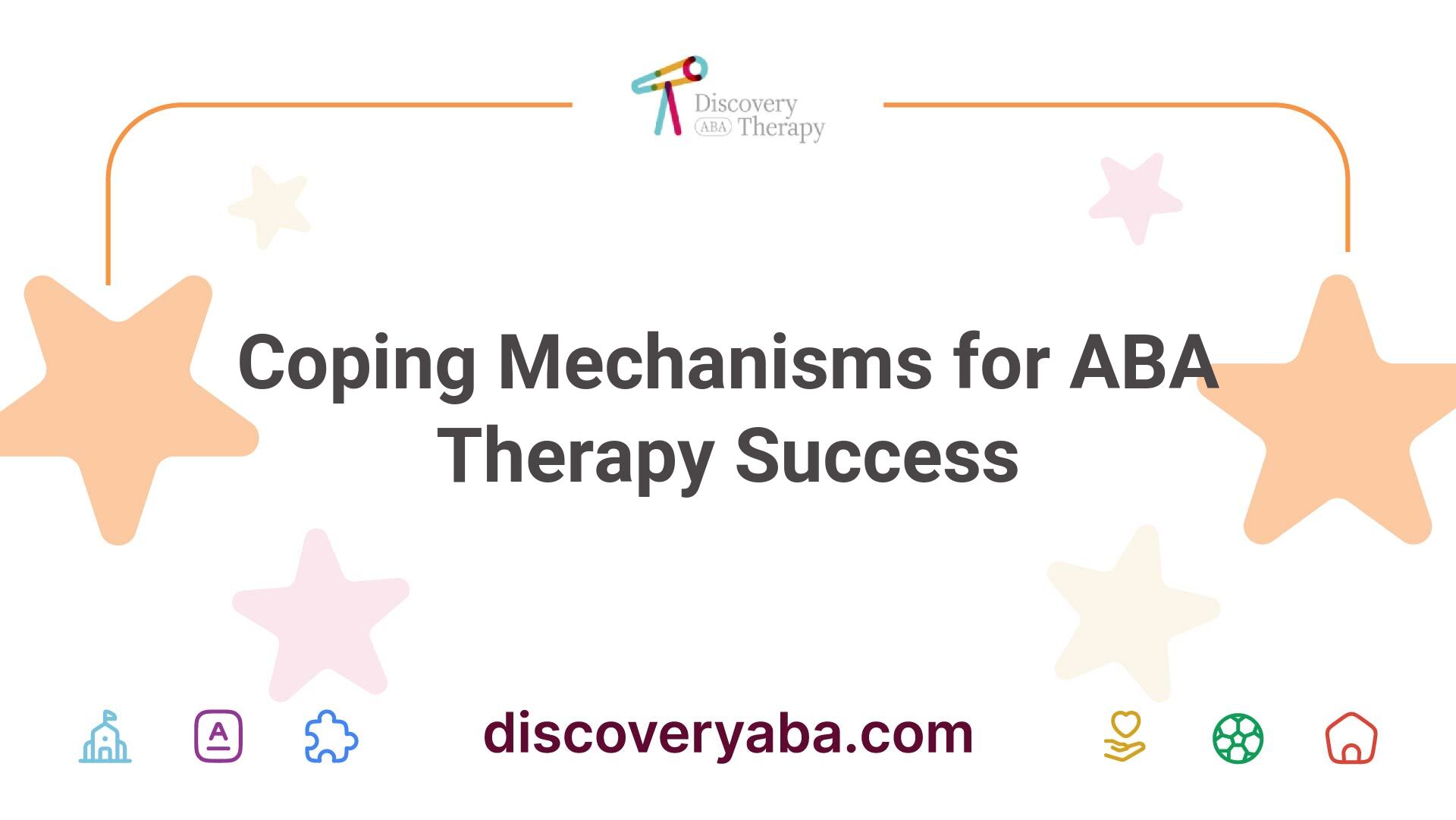





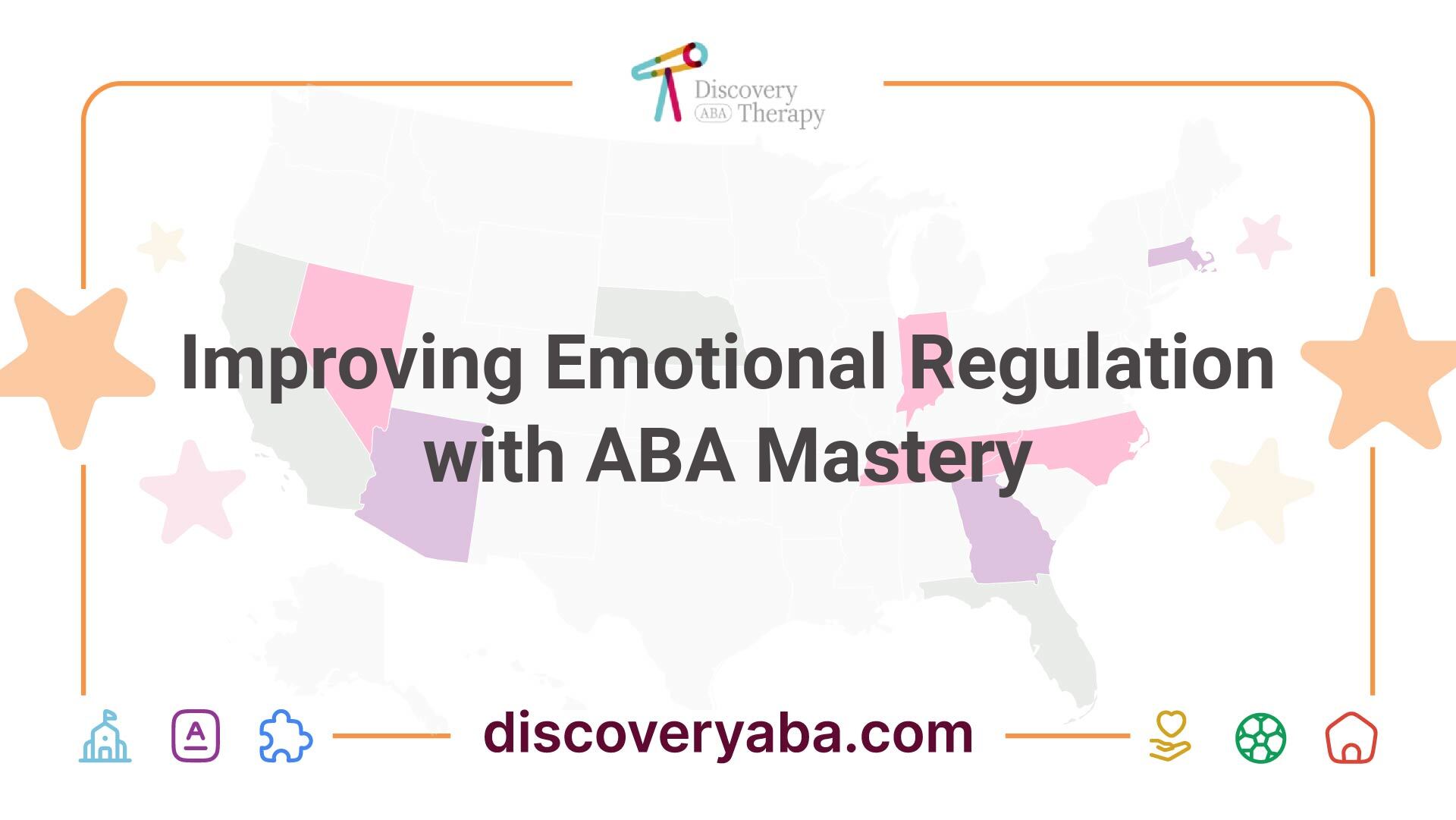




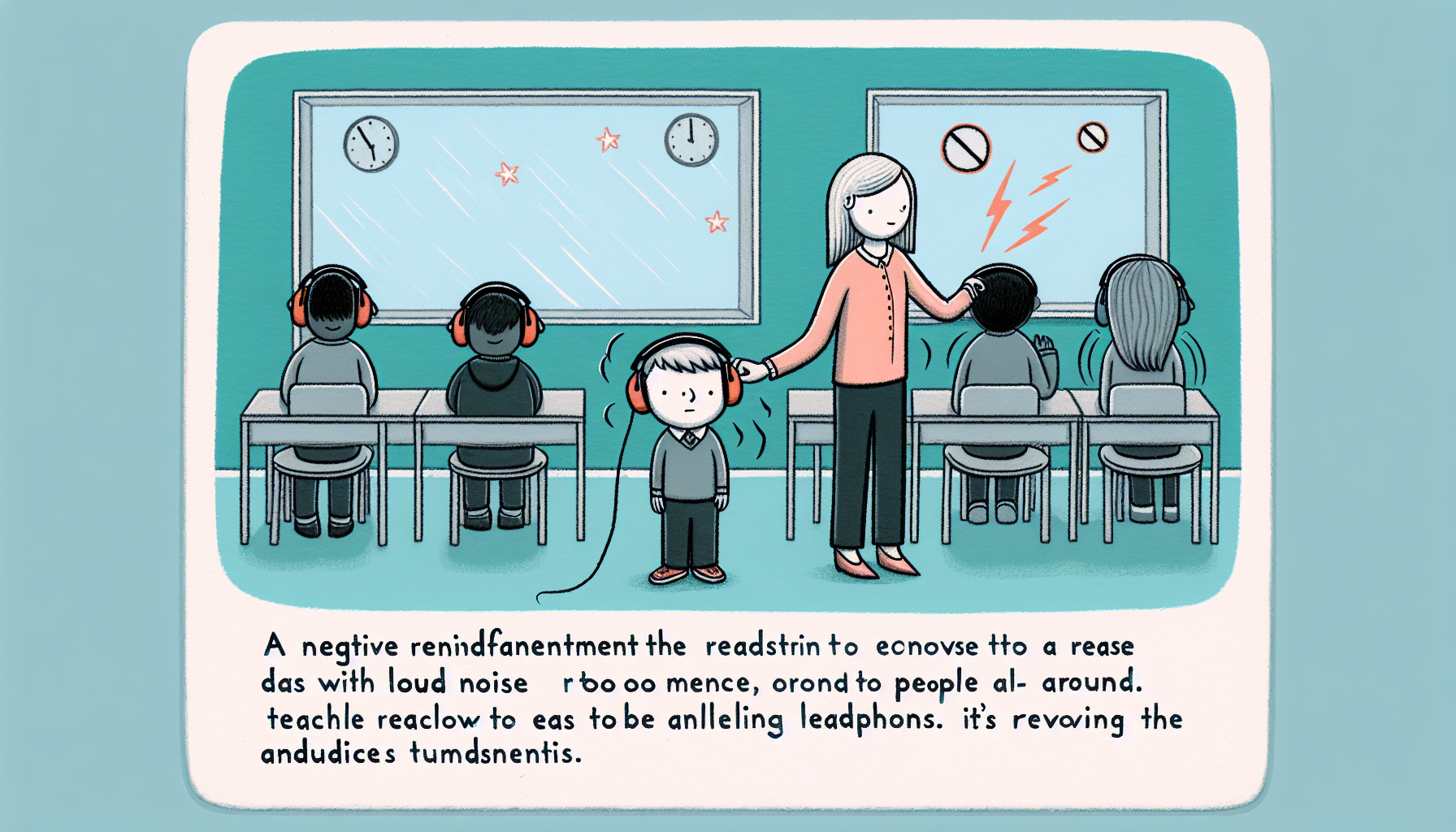
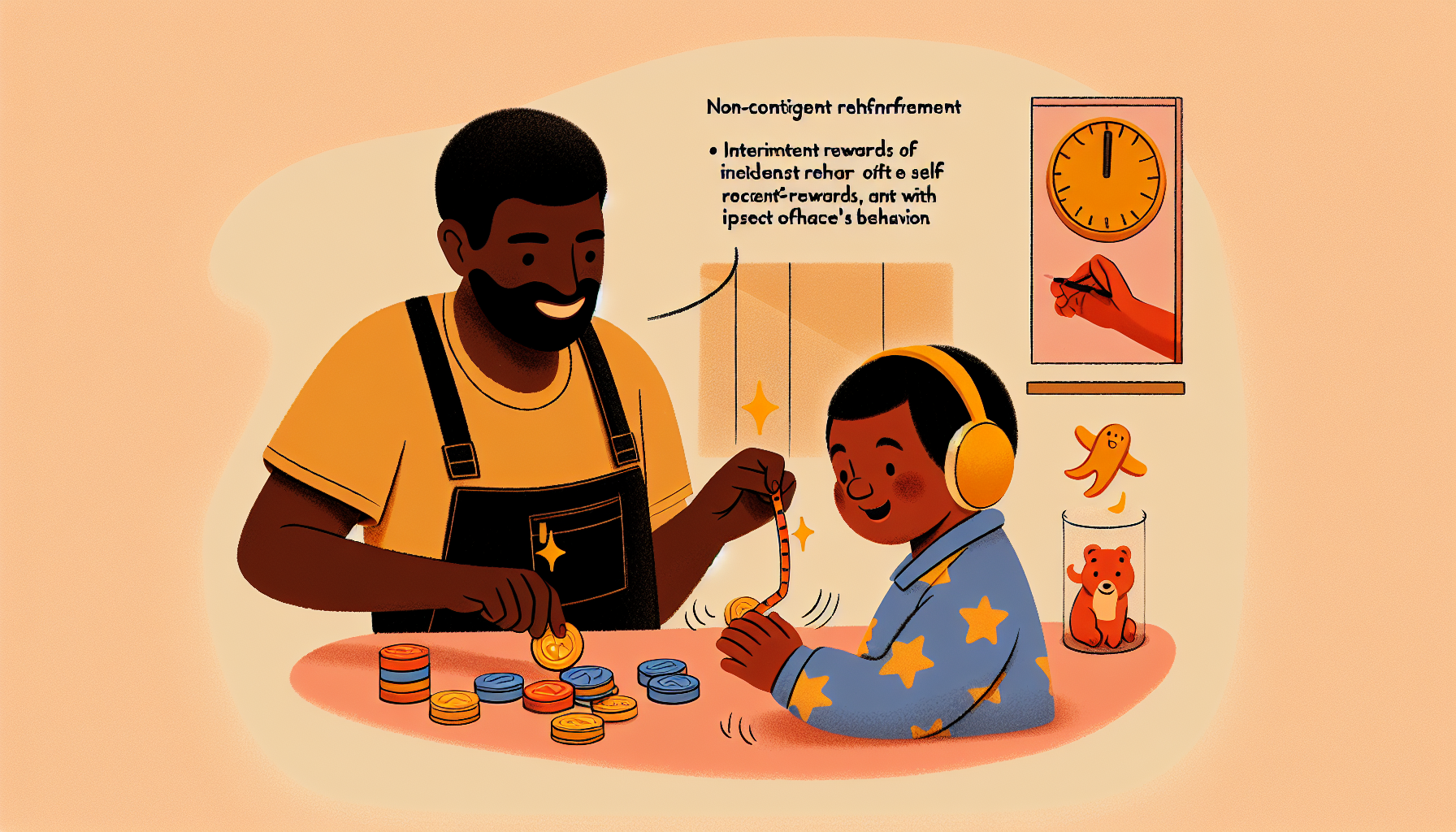
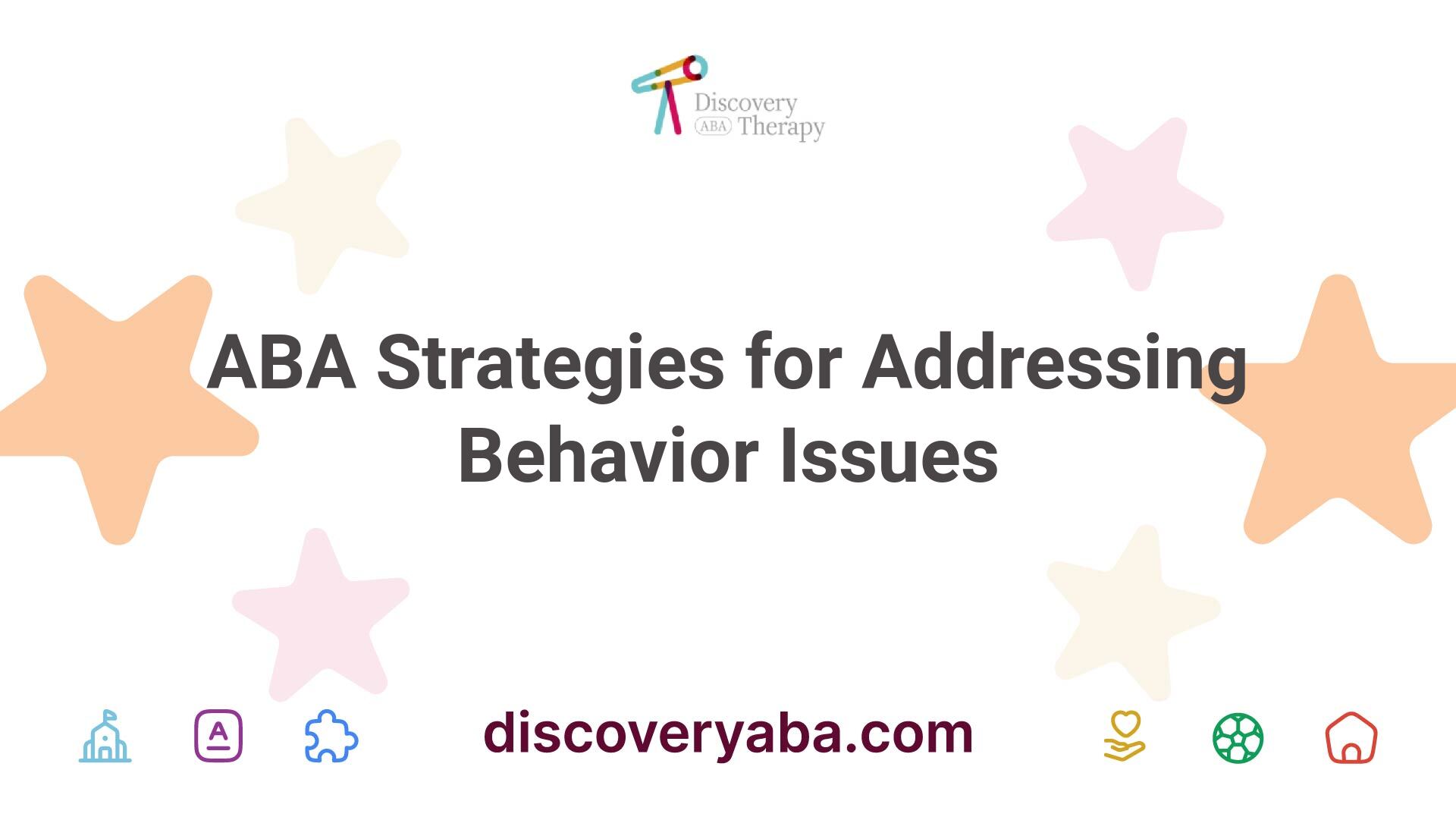
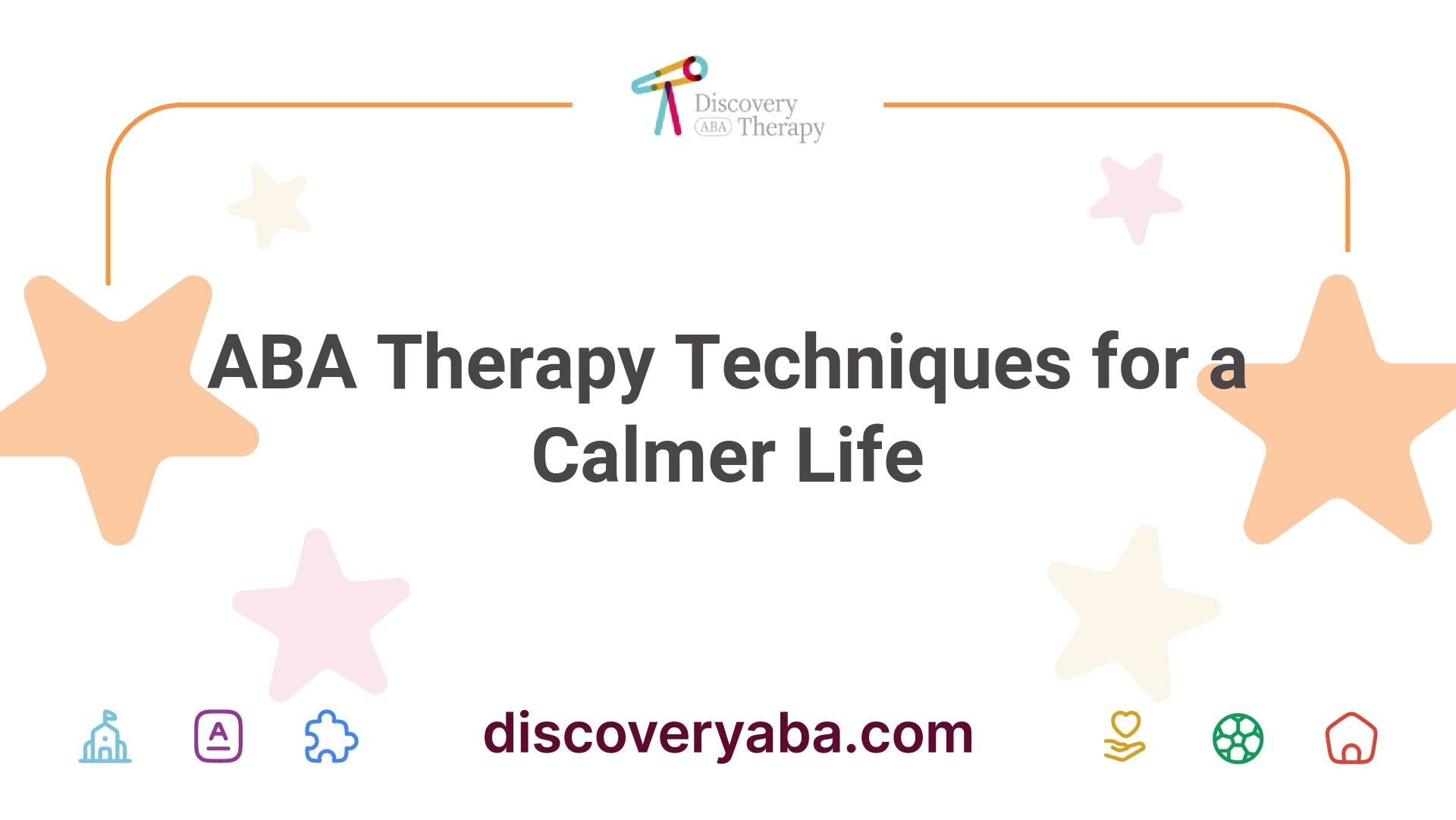



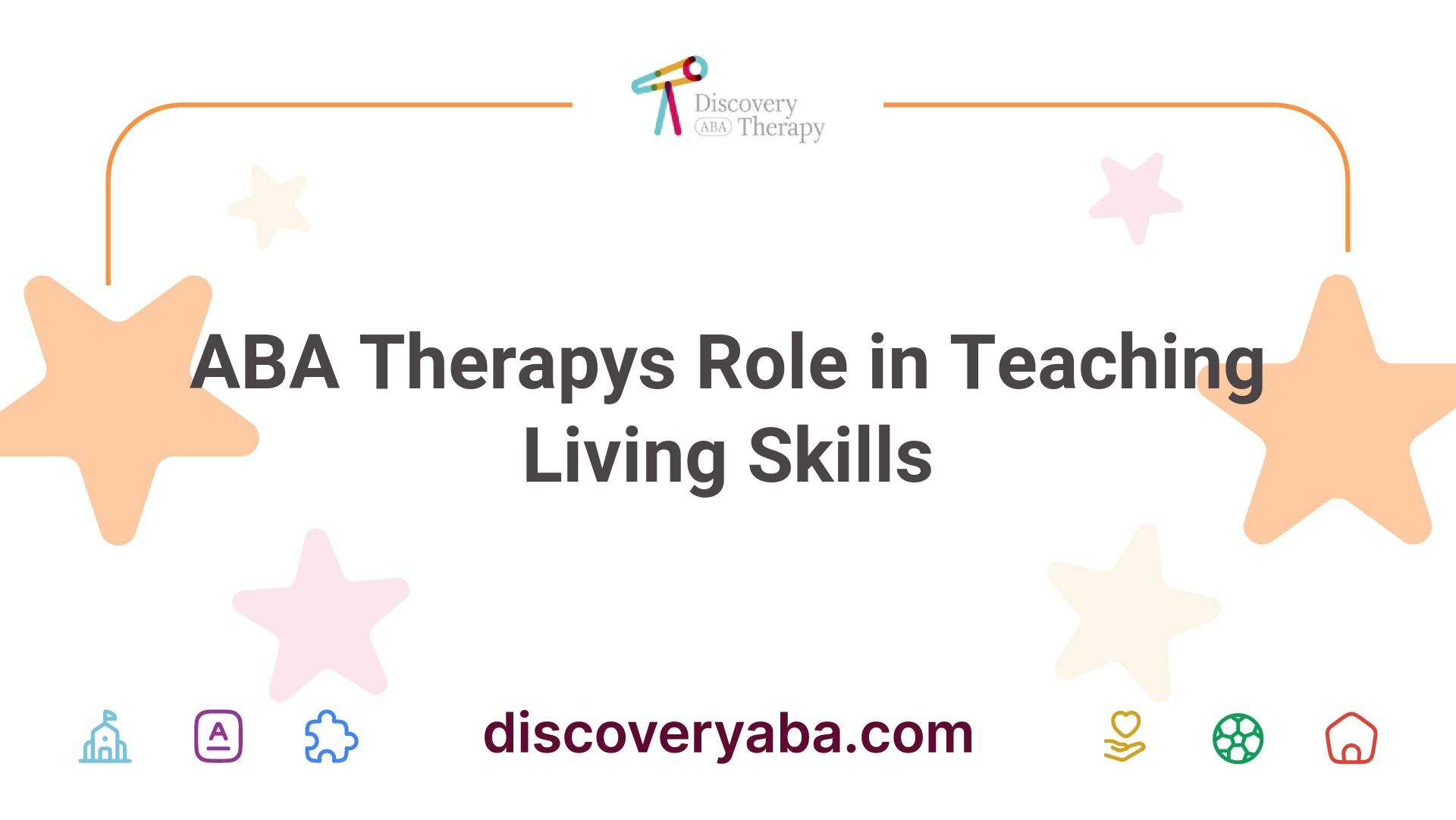
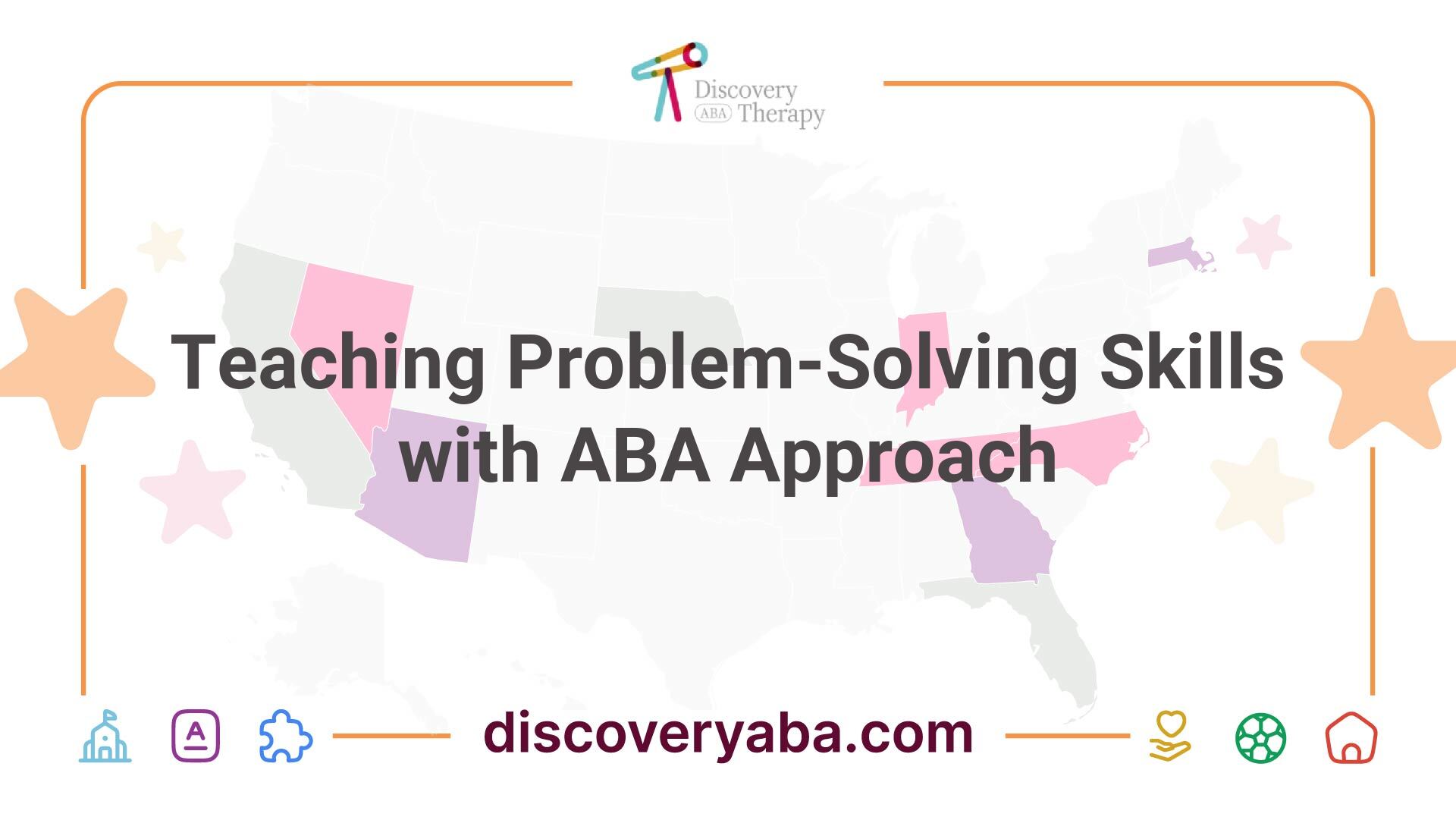





.jpeg)


























